Hi guys,
I appreciate this is probably the wrong forum but I thought I'd post it up here in the hope that some of you have some experience with these things. Failing that, Hope you enjoy some pictures of some cool old equipment
This was my 21st birthday present, it's a 1903 Thornton Pickard, Triple extension, Mahogany & Brass Plate camera taking 3.25" x 4.25" glass plates (so my bit of paper tells me )
)
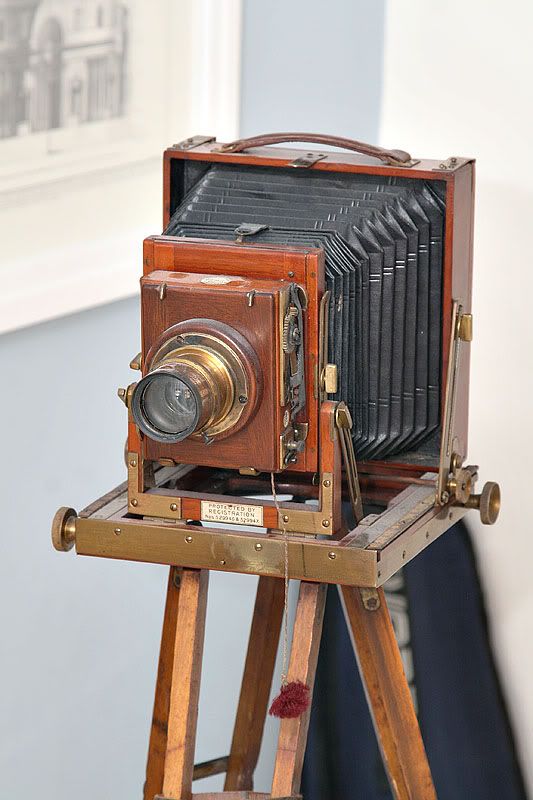
I'd like to have a go at using this and developing at home, so I guess I need to source some sheet film, which I have found...
http://www.freestylephoto.biz/191134-Efke-PL-100-M-iso-100-3.25-x-4.25-inches-50-sheets?cat_id=404
Any recommendations on what to use?
This is the film back that came with it. Is it a case of loading a single sheet at home, taking it out in the cartridge and exposing, then bringing it back to be developed, or can I take out a changing bag with me and take multiple shots on location (I can see this causing problems with film storage etc..! In which case should I try and source some additional film backs so that each shot can be secured and light proof?
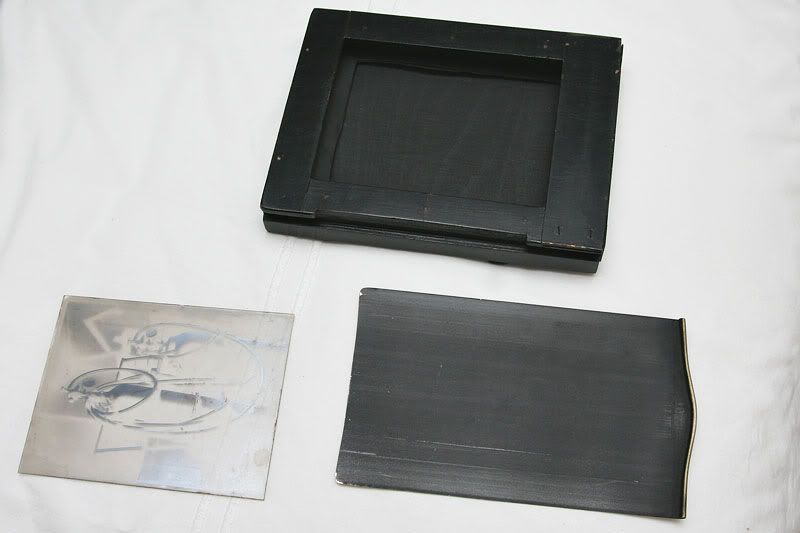
Any advice on setting up, technique and developing would be appreciated! Is sheet film developed in normal developing trays (as you would paper) or do I need something additional?
Here's some more pics for you
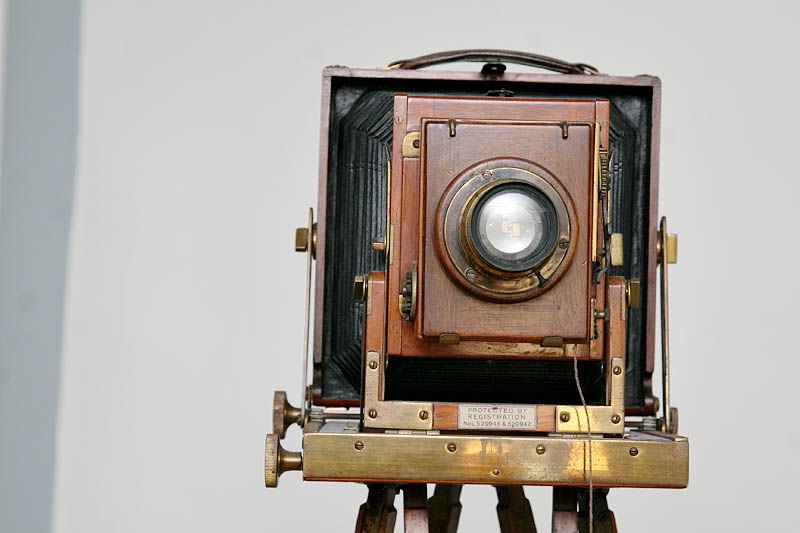
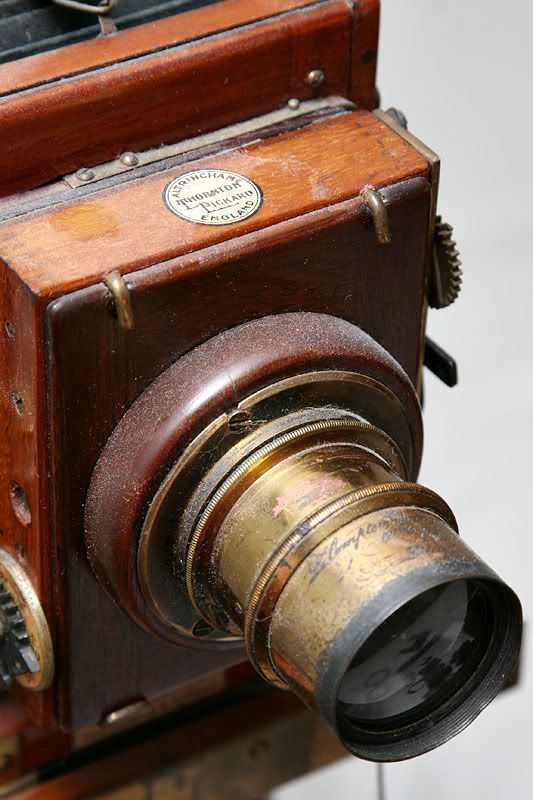
sorry, bit dusty!
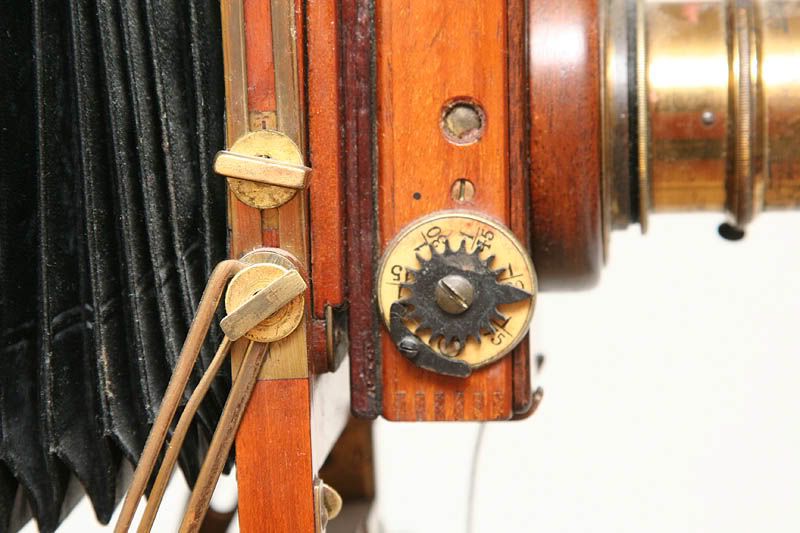
shutter speed control
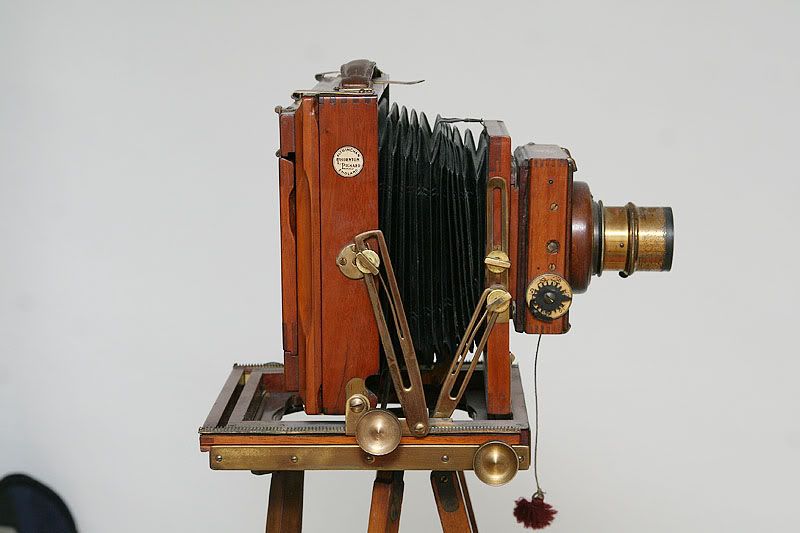
minimum extension
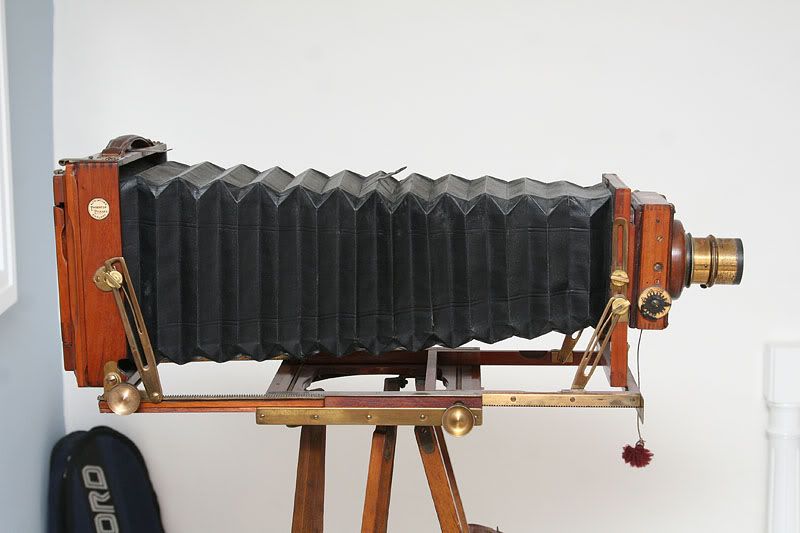
maximum extension!
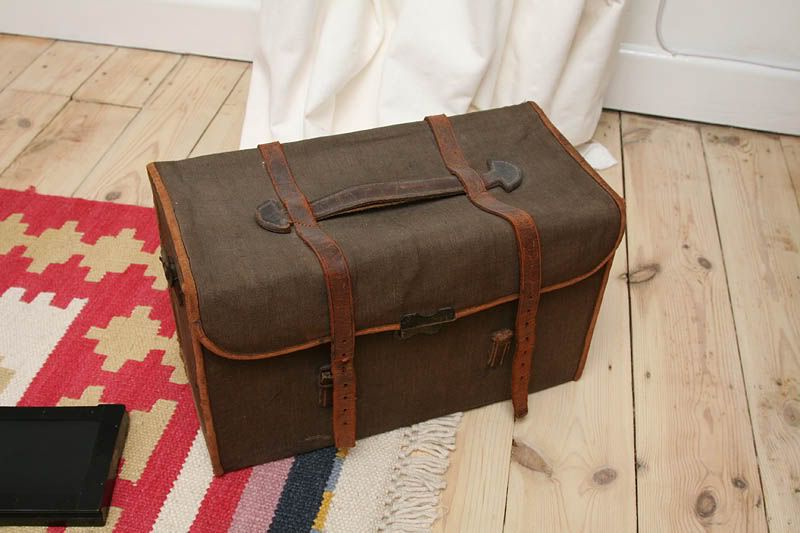
old box is old
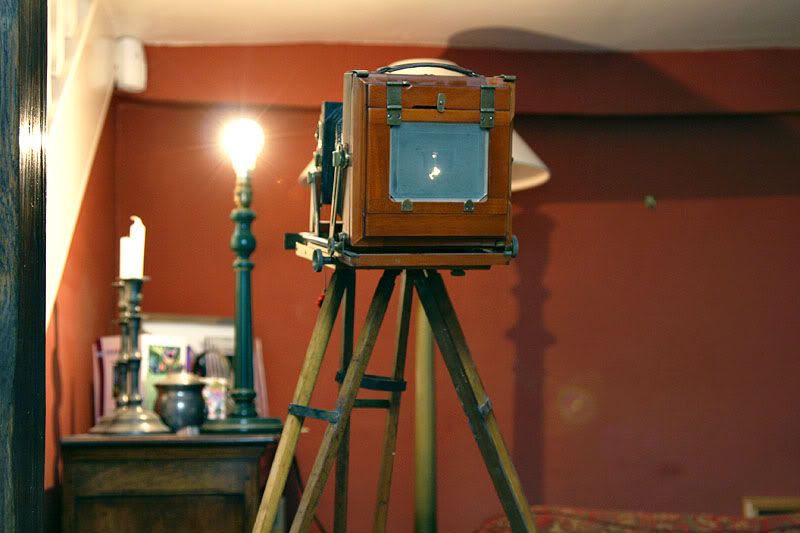
focus screen works
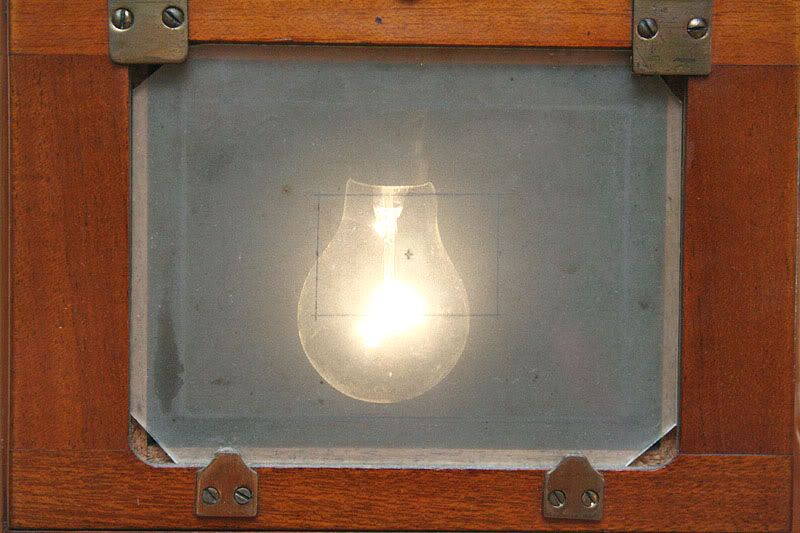
Test subject. (no corrective lens to flip the image over so everything is upside down...
I'm also interested in experimenting with some tilt/shift action. As you can see from the brass rails holding the 'film end' and the 'lens end' they can be undone and the 'ends' (i need a better word!) either slid vertically or tilted, so I'm looking forward to some awesome depth of field effects with this!
I appreciate this is probably the wrong forum but I thought I'd post it up here in the hope that some of you have some experience with these things. Failing that, Hope you enjoy some pictures of some cool old equipment

This was my 21st birthday present, it's a 1903 Thornton Pickard, Triple extension, Mahogany & Brass Plate camera taking 3.25" x 4.25" glass plates (so my bit of paper tells me
 )
)
I'd like to have a go at using this and developing at home, so I guess I need to source some sheet film, which I have found...
http://www.freestylephoto.biz/191134-Efke-PL-100-M-iso-100-3.25-x-4.25-inches-50-sheets?cat_id=404
Any recommendations on what to use?
This is the film back that came with it. Is it a case of loading a single sheet at home, taking it out in the cartridge and exposing, then bringing it back to be developed, or can I take out a changing bag with me and take multiple shots on location (I can see this causing problems with film storage etc..! In which case should I try and source some additional film backs so that each shot can be secured and light proof?

Any advice on setting up, technique and developing would be appreciated! Is sheet film developed in normal developing trays (as you would paper) or do I need something additional?
Here's some more pics for you



sorry, bit dusty!

shutter speed control

minimum extension

maximum extension!

old box is old

focus screen works


Test subject. (no corrective lens to flip the image over so everything is upside down...
I'm also interested in experimenting with some tilt/shift action. As you can see from the brass rails holding the 'film end' and the 'lens end' they can be undone and the 'ends' (i need a better word!) either slid vertically or tilted, so I'm looking forward to some awesome depth of field effects with this!


 I have always wanted something like that to have a play with! Keep us posted how you get on
I have always wanted something like that to have a play with! Keep us posted how you get on  and it's in the USA so about $70 to ship it over here). I'm tempted to buy some standard ilford HP5 sheet film as I'm familiar with this and I already have the developer.
and it's in the USA so about $70 to ship it over here). I'm tempted to buy some standard ilford HP5 sheet film as I'm familiar with this and I already have the developer.



